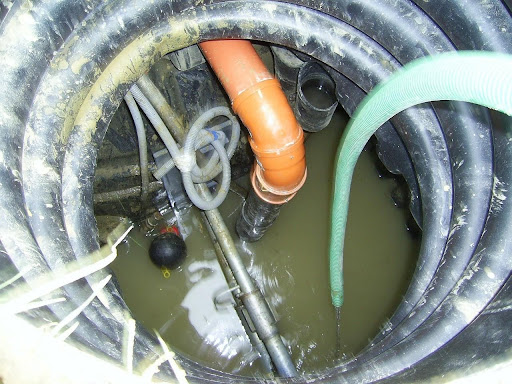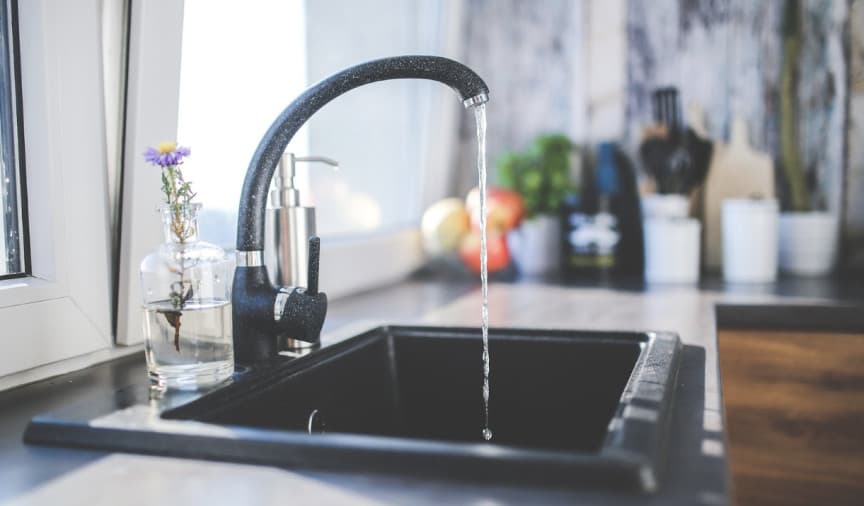Approaches for Unclogging a Blocked Drain Before Reaching out to Expert Plumbers
Approaches for Unclogging a Blocked Drain Before Reaching out to Expert Plumbers
Blog Article
We've found this post on Tips for Dealing with Clogged Drains and Sewer Lines down the page on the net and felt it made sense to talk about it with you in this article.

Intro
Taking care of an obstructed drainpipe can be a discouraging experience, interfering with everyday activities and possibly triggering damage to your residential property. Nonetheless, before reaching out to pipes experts, there are steps you can require to address the concern yourself. In this overview, we'll check out DIY remedies and safety nets to tackle an obstructed drain successfully.
Recognizing the Issue
The very first step in dealing with an obstructed drain is acknowledging the indicators. Slow water drainage, gurgling noises, foul odors emanating from drains pipes, or water support up are common signs of an obstructed drain. Recognizing these indicators early can help protect against better issues.
Picking the Right Plumbing Service
When selecting a plumbing service, take into consideration variables such as experience, licensing, and consumer testimonials. Pick a trustworthy plumbing with a performance history of high quality workmanship and transparent prices methods.
Cost Factors to consider
The cost of specialist drain cleaning services can differ depending upon the seriousness of the blockage and the plumber's prices. Request quotes from multiple providers and ask about any additional charges to make sure transparency and stay clear of surprises.
Safety Measures
When trying DIY drainpipe cleansing, prioritize safety and security. Wear safety handwear covers and eyewear to avoid contact with damaging chemicals or microorganisms. Never mix different drainpipe cleansing items, as this can produce dangerous fumes.
Case Studies
Real-life examples show the efficiency of do it yourself options and the relevance of prompt specialist treatment in resolving drainpipe blockages.
Usual Sources Of Blocked Drains
Understanding the variables that add to drain clogs is important for efficient resolution. Usual offenders consist of hair, soap scum, grease, food particles, and foreign objects like hygienic items or paper towels. Tree roots getting into underground pipelines can likewise cause substantial obstructions.
Do it yourself Solutions
For minor clogs, a number of do it yourself services can be efficient. Putting boiling water down the drainpipe can help liquify grease and debris. Sodium bicarbonate and vinegar or a mix of salt and cooking soda can function as all-natural cleaners. Utilizing a bettor or pipes snake to remove blockages is an additional option.
Devices and Tools
Having the right tools available can make DIY drainpipe cleansing extra efficient. A plunger is a versatile tool for getting rid of clogs in sinks, commodes, and showers. A pipes serpent or auger can get to much deeper obstructions, while drainpipe cleaning chemicals can be utilized carefully for persistent clogs.
Safety nets
To prevent future blockages, adopting safety nets is critical. Mount drain guards or strainers to capture hair and particles before they get in the pipes. On a regular basis flush drains pipes with hot water to liquify grease accumulation, and prevent dealing with grease or strong waste down the tubes.
When to Call a Professional
While do it yourself services can settle minor clogs, certain indications show the requirement for specialist assistance. Consistent clogs, foul odors despite cleaning up initiatives, or several drains pipes supporting at the same time are warnings that necessitate expert intervention.
Final thought
By complying with the ideas laid out in this overview, you can successfully deal with obstructed drains pipes and stop future pipes problems. Whether selecting DIY options or seeking professional assistance, timely action is key to keeping a healthy and balanced pipes system and protecting the integrity of your home.
How to Clear a Clogged Drain Yourself (And When to Call In the Professionals)
What Can Clog a Drain
Dirt Skin flakes Hair Grease Soap scum Food Offset pipes Tree roots Small objects Mineral buildup DIY Tricks to Unclog a Drain
You can fix this! Once you have identified the source of the clog (or have a vague idea), you can try one or a combination of these fixes in order to clear your plumbing.
Wire Hanger or Snake
Untangle and clear out hair from a drainpipe with a homemade snake. Use a straightened-out wire hanger with a 90-degree angle hook to locate the clog and drag out any unwanted material.
Remember not to push the clog further down to where the wire hanger cannot reach! If you need to follow up with a plunger, give it a try. Your efforts might be more successful after it’s been wire-snaked.
If you want to get fancy and don’t have a wire hanger to spare, head to the store and pick up a hand-operated drain snake. You can get one for $10-$30. It may save you the hassle, and provide additional length to reach deep into the clogged pipe.
Plunger
A cup plunger has a suction cup attached to a wooden handle. The rubber creates a seal around the drain, and increases the pressure force of the plunger.
Plunge for 30-second increments to loosen the clog. This may need to be repeated over the course of 15-20 minutes. Once plunged, run the water to flush the remaining material out of the drain.
Remember– never use a plunger if you have used a chemical drain cleaner. These chemicals can splash up from the force of the plunger and cause serious injury or burns.
Boiling Water
Hot water can sometimes break up materials into a flushable amount. Dirt, grease, and soap buildup requires heat in order to unstick from surfaces.
Take your kitchen kettle and heat your water to a boil. Once it reaches a rolling boil, pour it directly down the drain into the blockage. Carefully follow with plunging, if necessary.
Don’t worry if this takes more than one try! It can often take multiple kettles and repeated plunging in order to clear a particularly stubborn clog.
Chemical Drain Cleaner
As a last resort, pick up a bottle of chemical drain cleaner. Drain-cleaning chemicals are potent, and not very good for the environment.
You may need to wear protective eyewear in gloves before handling your bottle of chemical drain cleaner. Follow the instructions printed on the bottle, and flush with water as soon as the instructions allow. Do not follow with plunging.
Baking Soda and Vinegar
As a safer alternative to chemical drain cleaner, baking soda and vinegar can create a chemical reaction that clears tough clogs.
Combine one cup of cleaning vinegar with one cup of boiling water, and set aside. Once you have done this, pour half a cup of baking soda down the drain. Give the baking thirty seconds to settle and cover a large portion of the problem drain.
Following the baking soda, pour down your vinegar and hot water solution. Once the vinegar and baking soda combine, the mixture will bubble and fix. Let this reaction fizzle in the drain for about an hour.
After an hour, follow with a kettle’s worth of hot water. The heat and liquid should flush out any remaining material.
When to Call a Plumber
If your DIY attempts haven’t cleared your clog drain, it’s time to call in a professional. It’s not worth losing access to your kitchen sink or high-traffic bathroom. A clog in a vital area can keep you from the things you’d rather be doing, and derail your routine.
Anytime a clog is causing water to spread is a time to call in a plumbing service. What starts out as a little bit of water can quickly grow into serious, expensive water damage.
Additionally, a serious clog can result in burst pipes or serious leaks. Make sure you know when to take it seriously!
https://myguysnow.com/how-to-clear-a-clogged-drain-yourself-and-when-to-call-in-the-professionals/

As a person who reads on 8 Tips For Clearing A Blocked Drain, I imagined sharing that topic was worthwhile. In case you enjoyed our blog post please do not forget to pass it around. Thanks so much for going through it.
Request Estimate Report this page